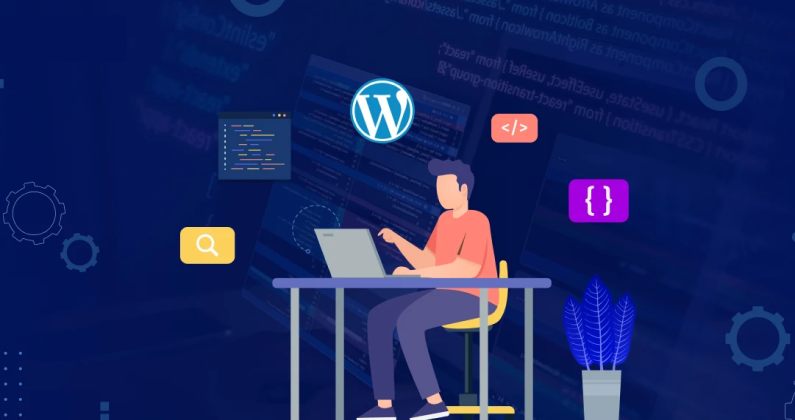
Introduction: The Evolution of Real Estate into Health Havens
In an era where health and well-being take center stage, the real estate industry is undergoing a profound transformation. Welcome to a world where houses and commercial spaces are not just structures but havens of health and well-being. This evolution is not merely about walls and roofs; it’s about creating environments that nurture physical, mental, and emotional health. In this exploration, we’ll delve into how the real estate industry is embracing health-conscious design trends and innovations, turning properties into havens of health.
Defining Health-Focused Real Estate
Health-Focused Real Estate Defined
Health-focused real estate prioritizes the well-being of its occupants. These spaces are thoughtfully designed to optimize physical health, mental clarity, and emotional balance.
Key Elements of Health-Focused Design
- Biophilic Elements: Incorporating natural elements like green walls, indoor plants, and nature-inspired artwork to enhance mental well-being.
- Clean Air Solutions: Advanced ventilation systems and air purification technologies ensure a continuous supply of fresh, clean air.
- Circadian Lighting: Lighting systems that mimic natural daylight to support healthy sleep patterns and mood regulation.
- Fitness and Wellness Amenities: On-site fitness centers, meditation rooms, and outdoor activity spaces that encourage an active lifestyle.
- Stress Reduction: Soundproofing, calming color palettes, and acoustic design that create serene environments.
- Sustainable Materials: The use of eco-friendly building materials that benefit both personal and planetary health.
The Impact on Occupant Well-Being
Enhanced Physical Health
Health-focused properties often include features like advanced water filtration, non-toxic materials, and ergonomic designs, leading to improved physical health, fewer allergies, and increased vitality.
Mental and Emotional Well-Being
Abundant natural light, soothing colors, and serene outdoor spaces have a profound impact on mental health, reducing stress, anxiety, and depression.
Community Connection
Many health-focused developments foster a sense of community, promoting social interactions and emotional support among residents.

Industry-Wide Transformation
Meeting Growing Demand
As consumers become increasingly aware of the connection between their surroundings and their health, the demand for health-focused properties is on the rise. Developers are incorporating these features into new projects, and existing properties are being retrofitted to meet these standards.
Certifications and Standards
Health-focused design is supported by certifications such as WELL and Fitwel, emerging as industry benchmarks for occupant well-being.
Investment Opportunities
Investors recognize the potential of health-focused real estate for long-term value and attracting health-conscious tenants.
Conclusion: A Healthier Haven Awaits
The transformation of real estate into health havens is more than just a trend; it’s a fundamental shift in how we perceive our living, working, and recreational spaces. From cleaner air to stress-reducing amenities, these properties prioritize the well-being and happiness of occupants. As the real estate industry embraces this change, we are stepping into a future where our built environments truly promote a healthier and happier way of life. Welcome to the era where houses are not just shelters; they are havens of health.

















